Multimedia Reporting by Ginna Royalty
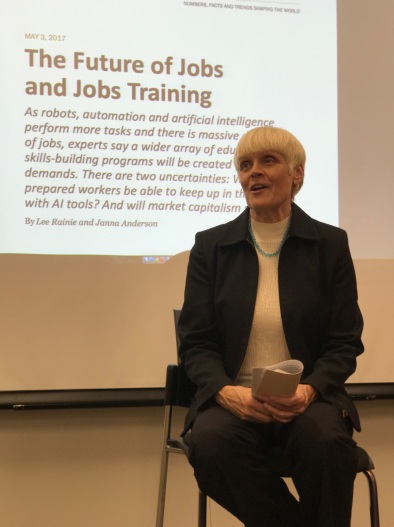
Movies like “Star Wars,” “The Terminator” and “Transformers” used to make people afraid that robots would take over the world. Now, it’s a reality, kind of. Global consultancy McKinsey calculates that the adaptation of currently demonstrated automation technologies could affect 50 percent of the world economy, or 1.2 billion employees and $14.6 trillion in wages, according to this article released by the Pew Research Center.
“Other technicians are capable of partnering with technology and moving much more quickly than humans can do by themselves,” said Janna Anderson, director of Elon University’s Imagining the Internet Center. “It’s that robot or AI (artificial intelligence) partnership with people that is the most successful way to get jobs done. We need fewer people to accomplish much more.”
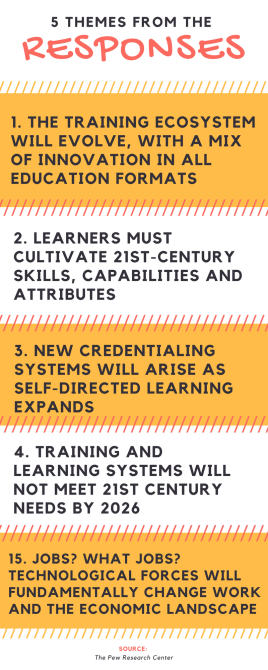 “I think that the first that the people in the communications field need to focus on is writing,” said John Doorley, the founding academic director of the Master of Science in Public Relations degree program at New York University. “Technology and robots are going to take away jobs that are routine, but I don’t think they will take away a lot of communications jobs.”
“I think that the first that the people in the communications field need to focus on is writing,” said John Doorley, the founding academic director of the Master of Science in Public Relations degree program at New York University. “Technology and robots are going to take away jobs that are routine, but I don’t think they will take away a lot of communications jobs.”
The Pew Research Center and Elon University’s Imagining the Internet Center canvasses more than 1,400 technologists, futurists and scholars and found that most experts expect that education and jobs-training ecosystems will shift to exploit new virtual and augmented reality tools and artificial intelligence, in the next decade.
Anderson defines a robot as “a tool capable of carrying out a series of actions automatically.”
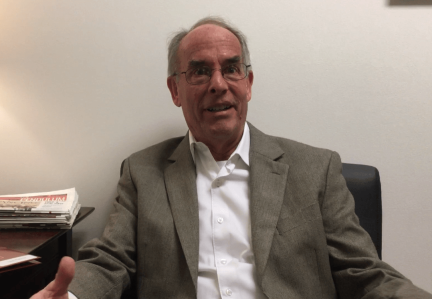
“A lot of the experts said that a crucial “skill” to master is the capacity for lifelong learning,” said Lee Rainie, director of internet, science and technology research at the Pew Research Center.
“Their view is that in knowledge-related professions, people will constantly be challenged by artificial intelligence or robotics and will regularly have to update their skills in order to “stay ahead” of machines.”
The following question was asked of the experts: In the next 10 years, do you think we will see the emergence of new educational and training programs that can successfully train large numbers of workers in the skills they will need to perform the jobs of the future?
They found that 70% of respondents said “yes” these programs will be successful, while 30% said that “no” these training programs will not be successful.
“As I was reading these answers, I was very struck by how much these experts were wrestling with really big questions: What are humans really good for? What are the special elements of human cognition and consciousness and social interaction that computers won’t eventually be able to replace?” Rainie said.
“Most of their answers were informed by their judgment about how to answer those questions,” said Rainie. “Most of them did not advocate that everyone has to learn computer programming or have to learn how to perform data-science chores. They set their sights higher than that.”
There are many skills, capabilites and attributes that are predicted to be most valuable in the future, including emotional intelligence, curiosity, creativity, adaptability, resilience and critical thinking.

“I think that one thing we really overlook is the fact that when businesses and industries really shift towards more of that mechanized process and creation, we are really choosing profit of people,” said Sophie Faxon, junior at Elon. “I think that individuals looking for jobs need to focus on finding other ways and skill sets that they can offer that a computer simply cannot, such as human intuition and having that face-to-face value.”
Participants had varying responses. Justin Reich, executive director at the Massachusetts Institute of Technology (MIT) Teaching Systems Lab, observed, “Educators have always found new ways of training the next generation of students for the jobs of the future, and this generation will be no different.”
However, Jerry Michalski, founder at REX, commented, “Today’s educational and training institutions are a shambles. They take too long to teach impractical skills and knowledge not connected to the real world, and when they try to tackle critical thinking for a longer time scale, they mostly fail.”
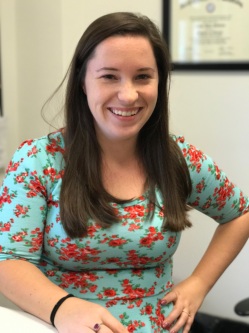
“I think that students need to excel in are your soft skills, said Amber McGraw, assistant director of career services for the Elon University school of communications. “A robot or a machine is not going to be able to build relationships with people or hold effective conversations with people, request information from people. Things that are kind of natural things.”
There are already machines in the workplace, so we must figure out a way to work with this technology so that citizens are not losing jobs.
Janna Anderson speaks about the future of job skills and jobs training. Video by Ginna Royalty

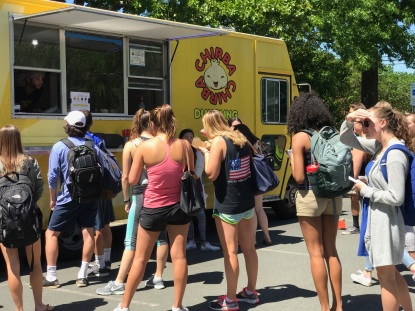
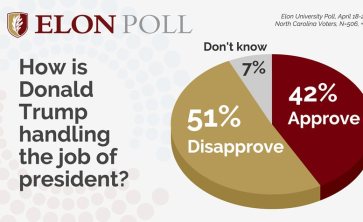

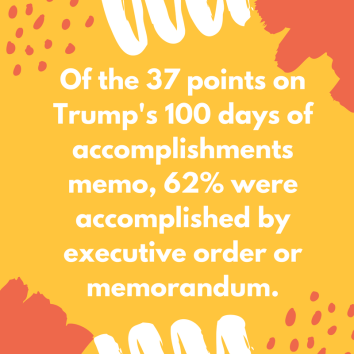


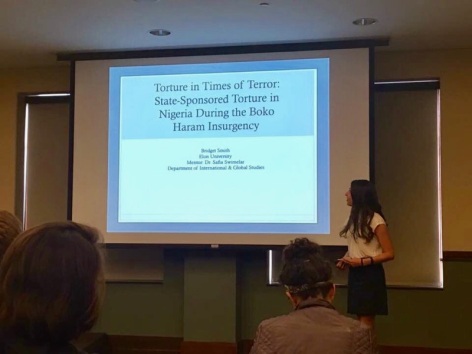
 Journalists can never rely on numbers that are just given to them, they should always check numbers related to time, rate and distance.
Journalists can never rely on numbers that are just given to them, they should always check numbers related to time, rate and distance.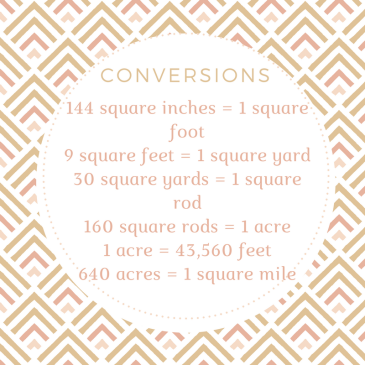 Journalists need to be able to express accurate and clear measurements for their readers. Analogies are a great way to explain measurements because readers are able to visualize the information. However, analogies won’t work if they don’t understand the comparison and they also don’t convey exact measurements. Another way to explain measurements is by using simple, accurate numbers.
Journalists need to be able to express accurate and clear measurements for their readers. Analogies are a great way to explain measurements because readers are able to visualize the information. However, analogies won’t work if they don’t understand the comparison and they also don’t convey exact measurements. Another way to explain measurements is by using simple, accurate numbers.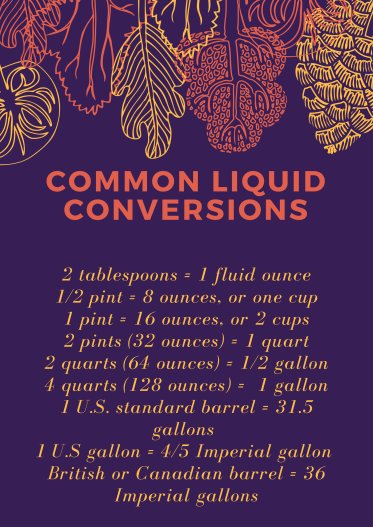 Volume measurements play an important role in journalism and many details are needed. Terms like a ton, box, barrel and cord take on different meanings in the business world. Liquid measurements can be used in things like recipes and bodies of water.
Volume measurements play an important role in journalism and many details are needed. Terms like a ton, box, barrel and cord take on different meanings in the business world. Liquid measurements can be used in things like recipes and bodies of water.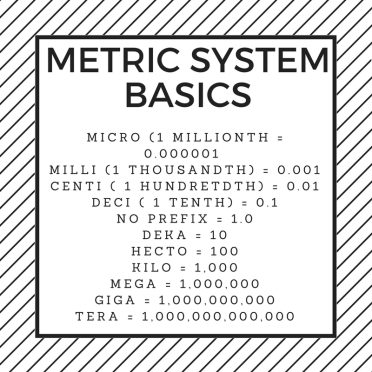 Almost the whole world uses the metric system, besides the United States. The metric system is an important part of international commerce and science and is important for journalists to understand.
Almost the whole world uses the metric system, besides the United States. The metric system is an important part of international commerce and science and is important for journalists to understand.